EEG Alpha Frequency May Help Track Cognitive Changes in Epilepsy
Researchers studied how brain activity, measured through EEG, relates to cognitive difficulties caused by antiseizure medications in people with epilepsy.
Latest on EEG and imaging in epilepsy, how tests predict outcomes and guide treatment, all presented in plain English for normal people.
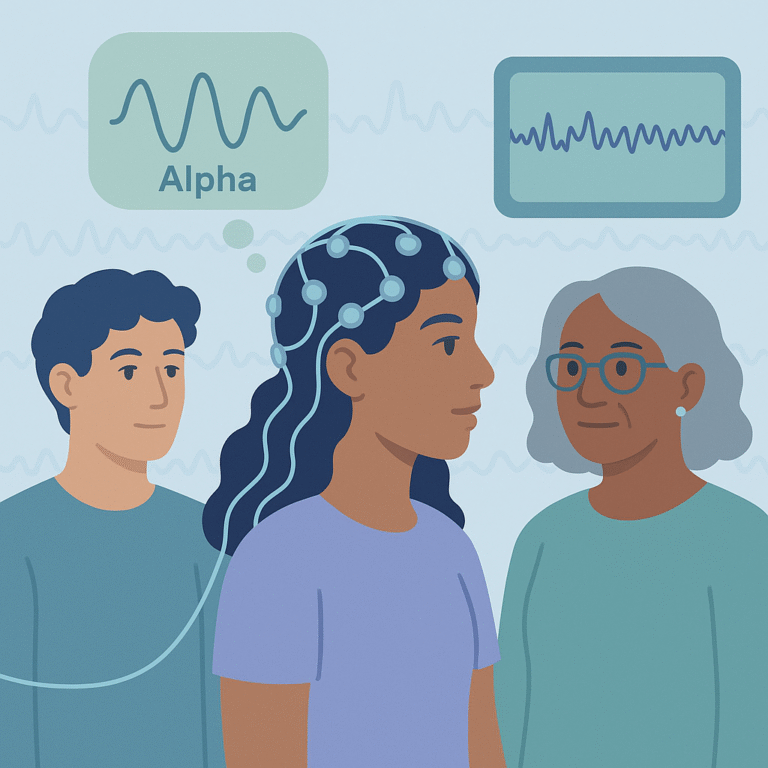
Researchers studied how brain activity, measured through EEG, relates to cognitive difficulties caused by antiseizure medications in people with epilepsy.
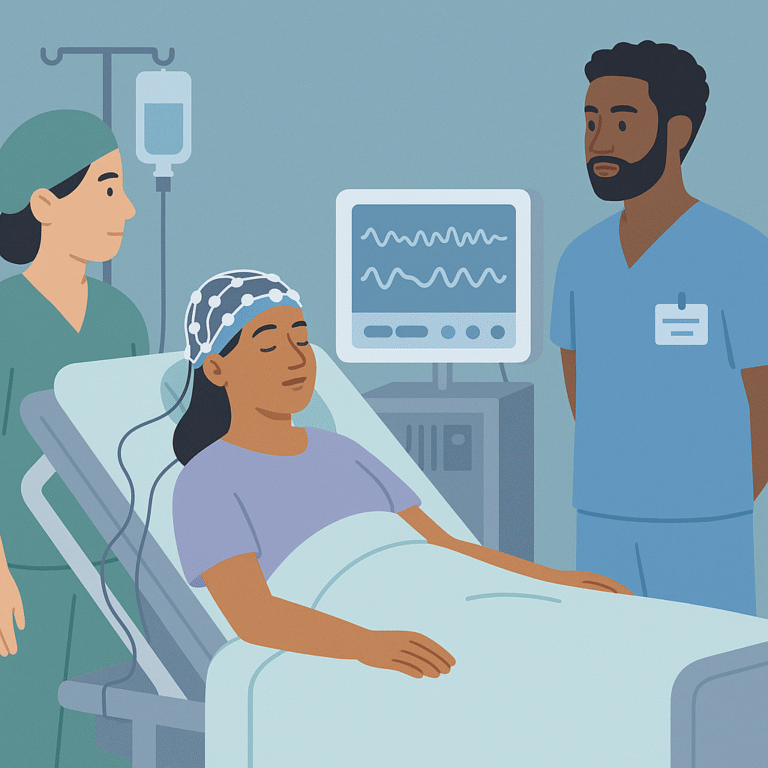
Researchers studied the use of continuous EEG (cEEG) in intensive care units (ICUs) to see how it helps with diagnosing and treating patients, especially those with epilepsy or brain injuries.
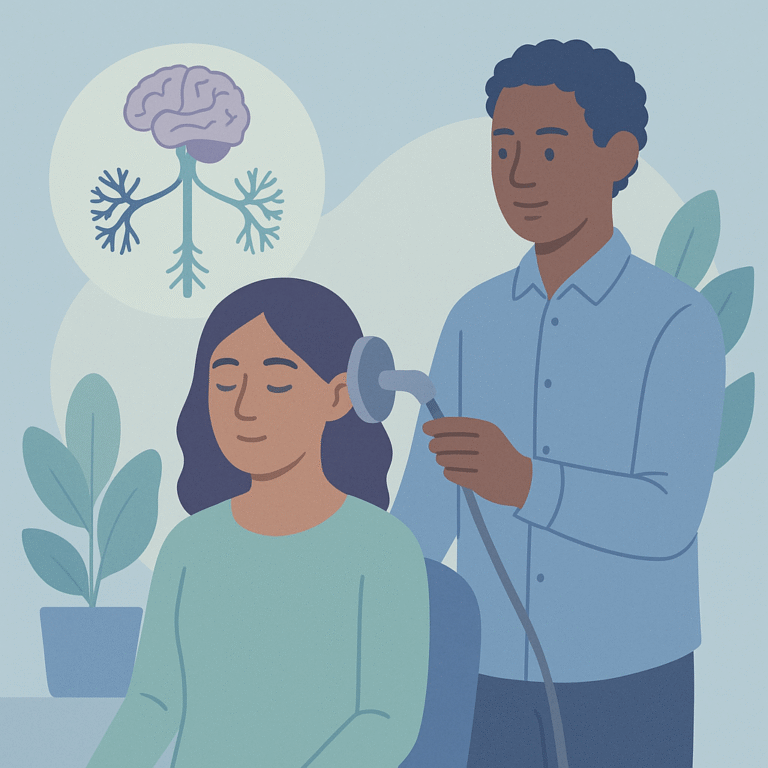
This study looked at a new way to stimulate nerves without touching the skin, using sound waves.
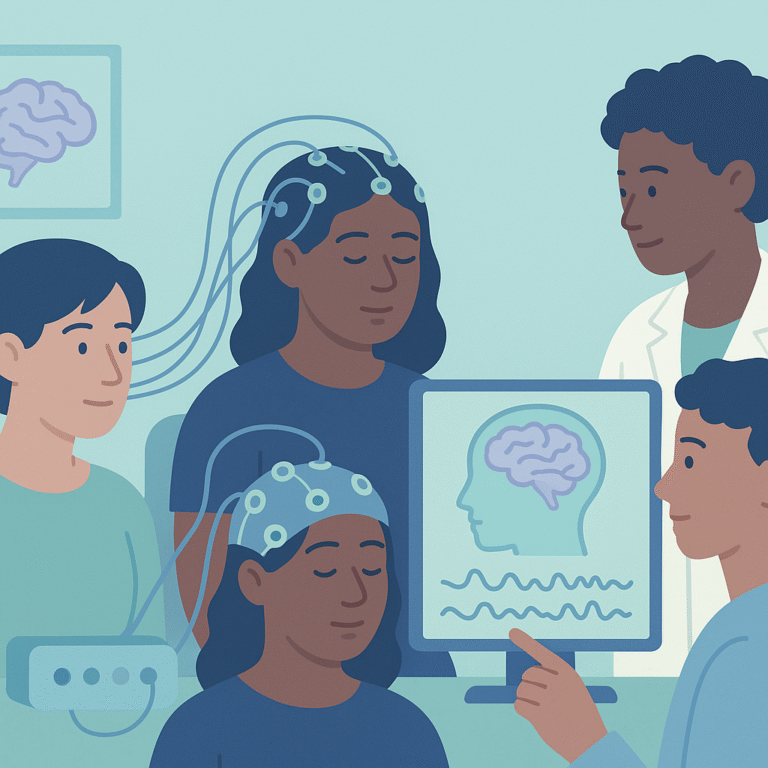
Researchers studied a new way to diagnose epilepsy using electroencephalogram (EEG) data, which measures electrical activity in the brain.
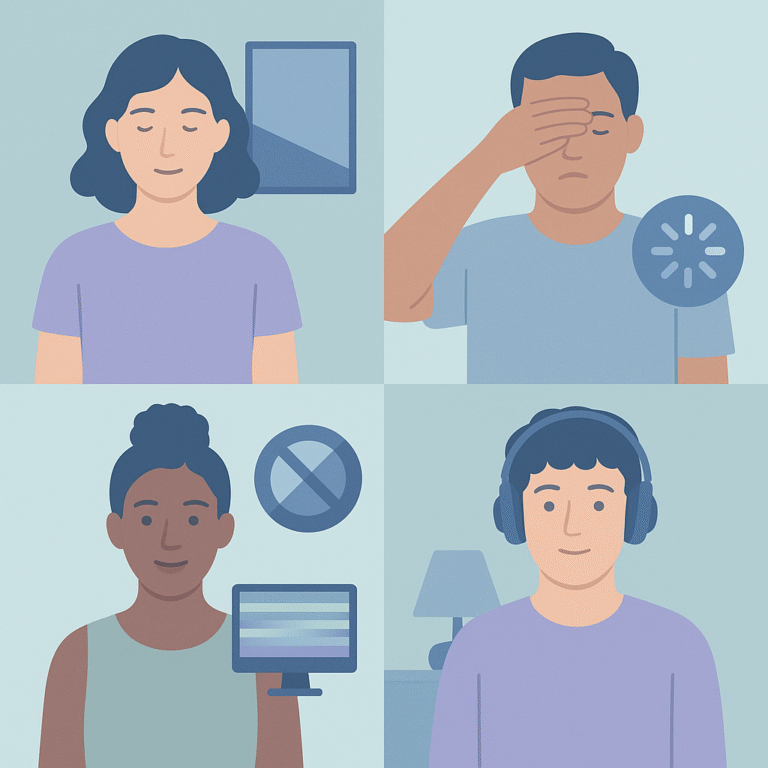
A recent study by an expert panel from the Epilepsy Foundation focused on visually-provoked seizures (VPS), which can be triggered by certain visual stimuli like flashing lights or specific patterns.
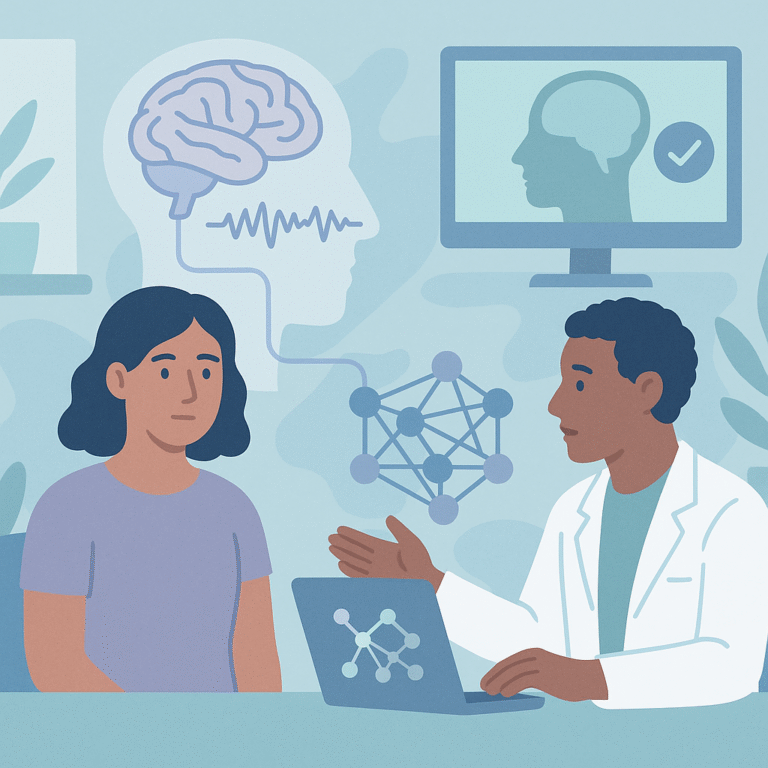
This study looked at how machine learning (ML) can help doctors make better decisions about surgery for people with drug-resistant epilepsy (DRE).
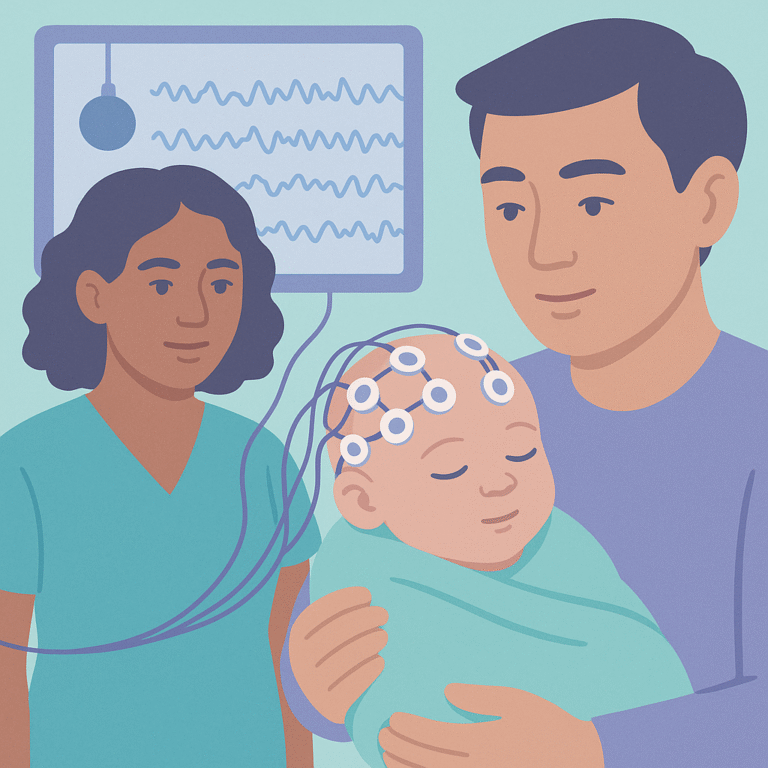
This study looked at how high-frequency activity (HFA) in the brain can help identify neonates (newborns) with seizures and predict their risk of developing epilepsy later on.
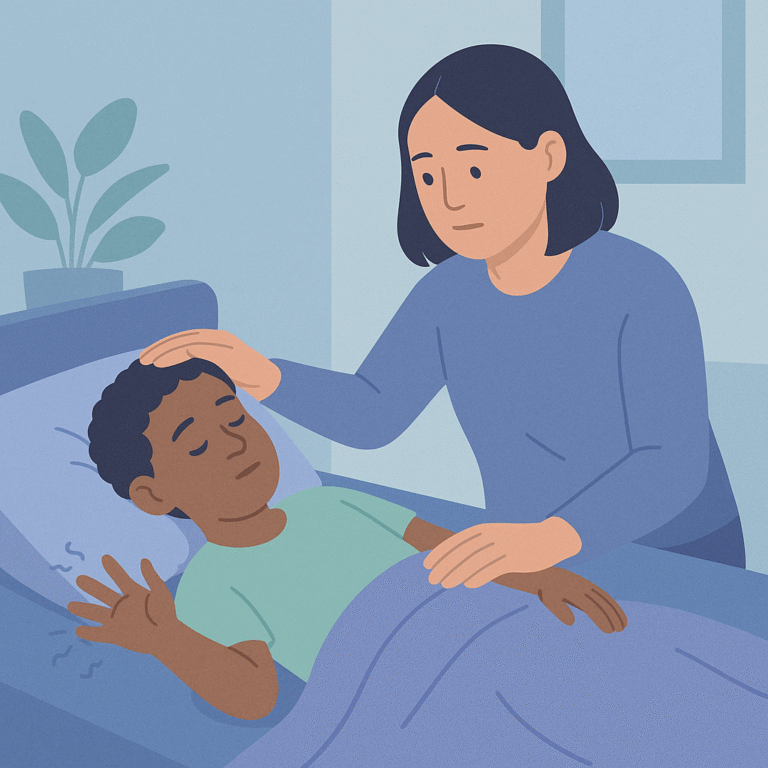
This study looked at seizures in children and teenagers with high-grade gliomas, a type of brain tumor.
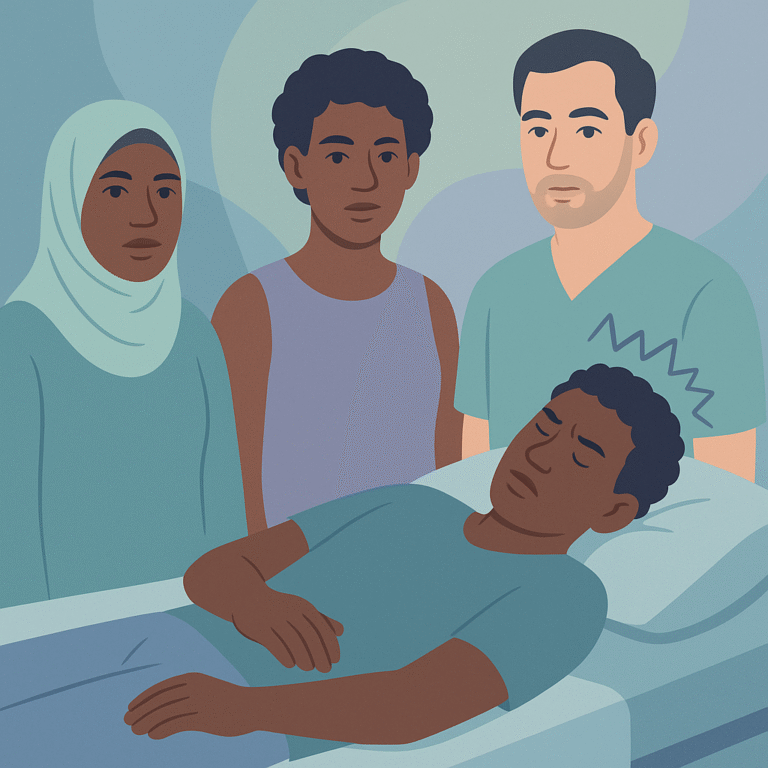
This study focused on people in Martinique who experienced status epilepticus (SE), a serious condition where seizures last too long or occur repeatedly without recovery.